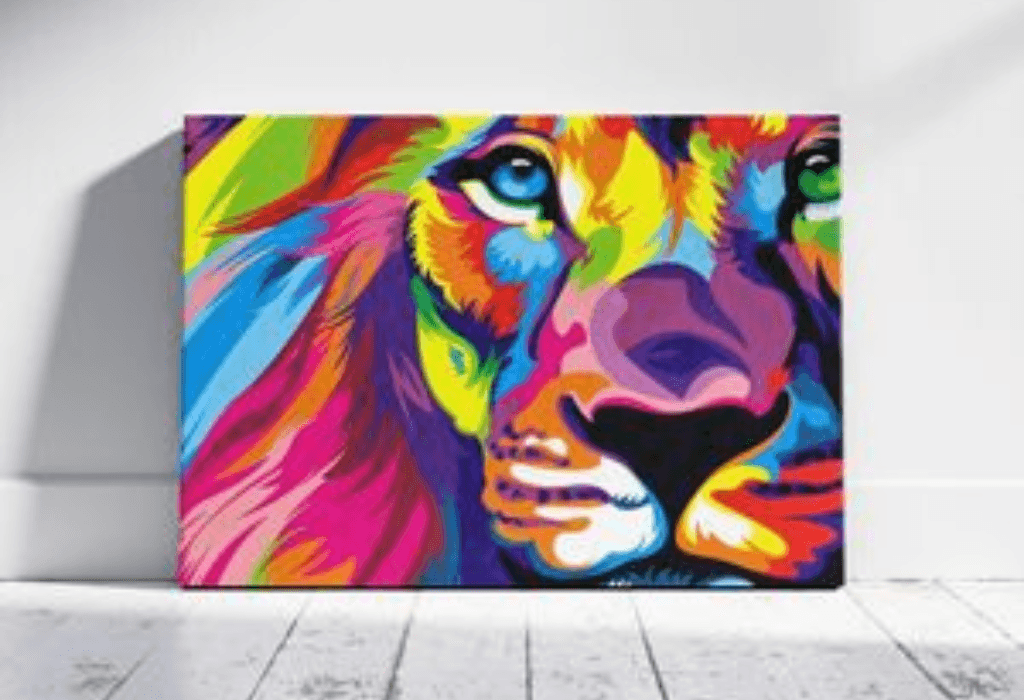
Poster Paint
A Complete Guide to Poster Paint Everything You Need to Know
If you’ve ever explored the world of art and crafts, chances are you’ve come across poster paint. Whether you’re a beginner or just curious about its uses, this guide will give you clear insights into what poster paint is, how to use it, and why it’s perfect for creative projects.
What is Poster Paint?
Poster paint is a water-based paint designed for use on paper, cardboard, and similar surfaces. It’s known for its vibrant colors, smooth texture, and easy cleanup, making it popular among students, teachers, hobbyists, and artists.
One of the most appealing aspects of poster paint is its versatility. Whether you’re working on school assignments, making event posters, or adding color to homemade crafts, poster paint offers a budget-friendly and beginner-friendly solution.
Why Choose Poster Paint?
Poster paint is ideal for both children and adults because of its ease of use and safety. Unlike oil-based paints, poster paints are non-toxic and washable, making them suitable for classrooms and home environments.
Benefits of Using Poster Paint
- Bright and Bold Colors: Poster paint offers excellent coverage and vibrant finishes.
- Water Soluble: Spills are easy to clean with soap and water.
- Quick Drying: Speeds up the process for layering and finishing art projects.
- Affordable: Great for practice and bulk projects without overspending.
Common Uses of Poster Paint
Poster paint has a wide range of applications in both educational and recreational spaces.
1. School Projects
Poster paint is a go-to option for making educational charts, science fair presentations, and art assignments.
2. DIY Posters & Event Signs
It’s easy to create eye-catching banners, welcome signs, and festive posters using poster paint, especially when time and cost are factors.
3. Art Therapy & Relaxation
The smooth application and bright hues of poster paint make it a fun and soothing medium for stress relief and creative expression.
How to Use Poster Paint: Simple Steps
Using poster paint is very straightforward, and you don’t need expensive tools or prior experience.
Here’s a simple guide to get started:
- Prepare Your Surface: Use heavy paper, cardstock, or poster board.
- Use Clean Brushes: Poster paint works best with soft-bristle brushes.
- Mix with Water: You can dilute it slightly for lighter shades or smoother applications.
- Layer Carefully: Allow each layer to dry before applying the next to avoid smudging.
- Seal if Needed: If your project will be exposed to moisture, you can apply a fixative spray to make it more durable.
Tips for Storing Poster Paint
Poster paint tends to dry out if not stored properly.
Here’s how to extend its life:
- Close Lids Tightly: Prevents air from drying out the paint.
- Store in Cool, Dry Places: Avoid leaving the bottles in direct sunlight.
- Clean Brushes Immediately: Dried paint can damage the bristles.
Secondary Supplies to Pair with Poster Paint
For the best painting experience, consider having these on hand:
- Palette or plate for mixing colours.
- Water Cup for cleaning brushes.
- Apron or old shirt to protect your clothes.
- Paper towels for quick cleanups.
- Good Quality Brushes in various sizes for different strokes.
Poster Paint Techniques for Better Results
- Blending: While poster paint dries quickly, you can still blend shades when applied on damp surfaces.
- Sponging: Using a sponge can create textured backgrounds.
- Stamping: Dip custom stamps into poster paint for a creative touch.
- Splatter Art: Flick paint from a brush onto paper for abstract designs.
Is Poster Paint Safe for Kids?
Yes! Most poster paints are labeled non-toxic, especially those made for schools and children. However, it’s always wise to check the packaging and supervise young kids during use.
Final Thoughts
Poster paint remains a favorite for a reason: it’s simple, fun, and accessible. Whether you’re working on a school assignment, decorating for a party, or just having fun, this paint lets you explore creativity without the stress.
The more you experiment with different techniques, surfaces, and color combinations, the more you’ll appreciate the flexibility of poster paint.
